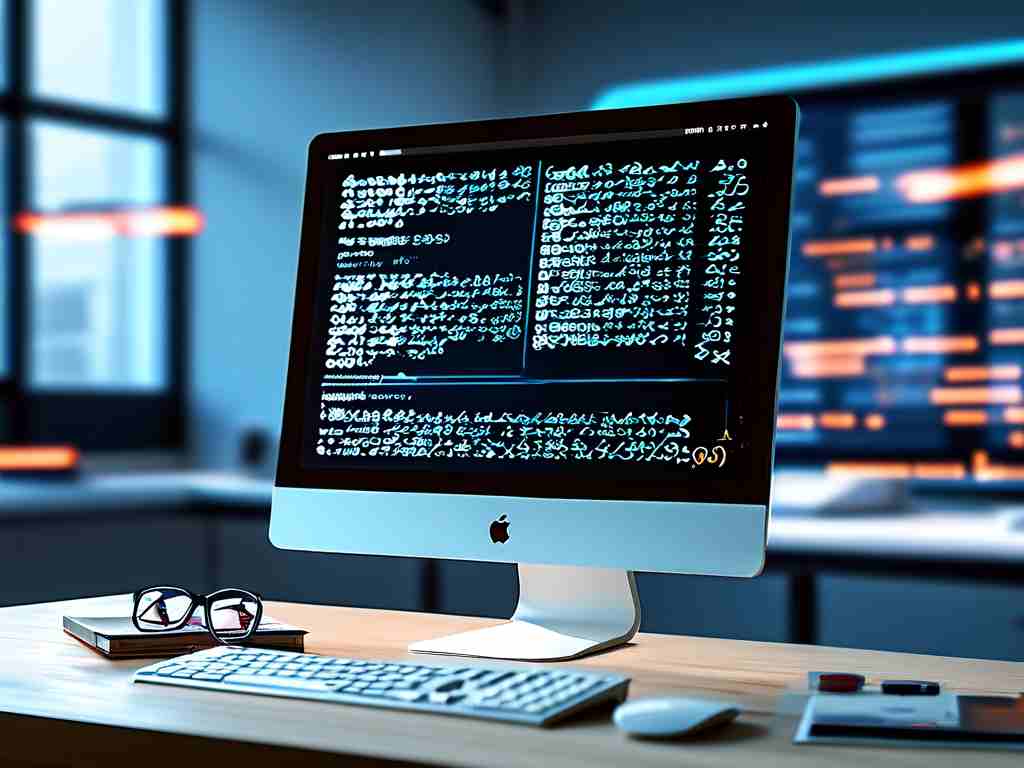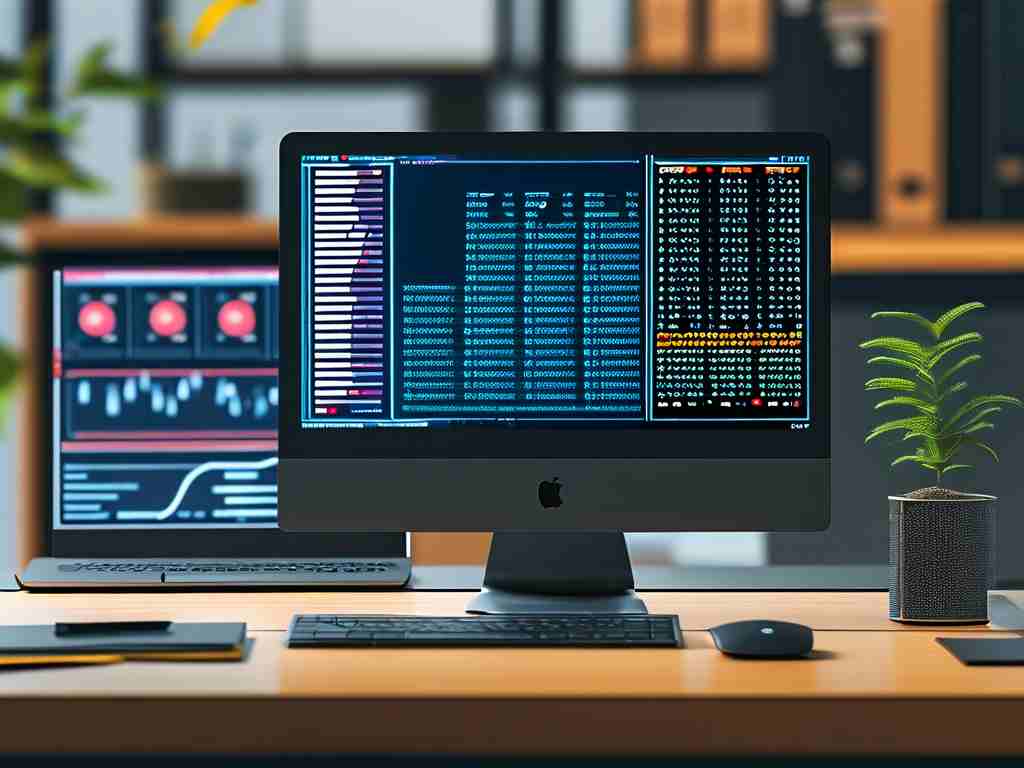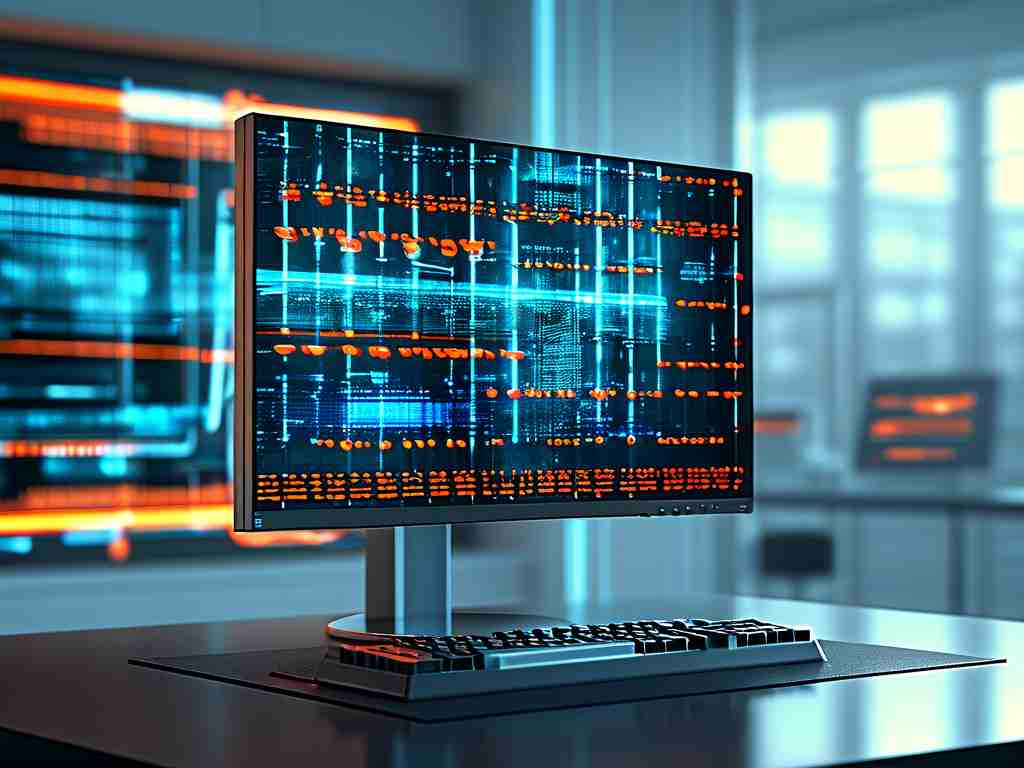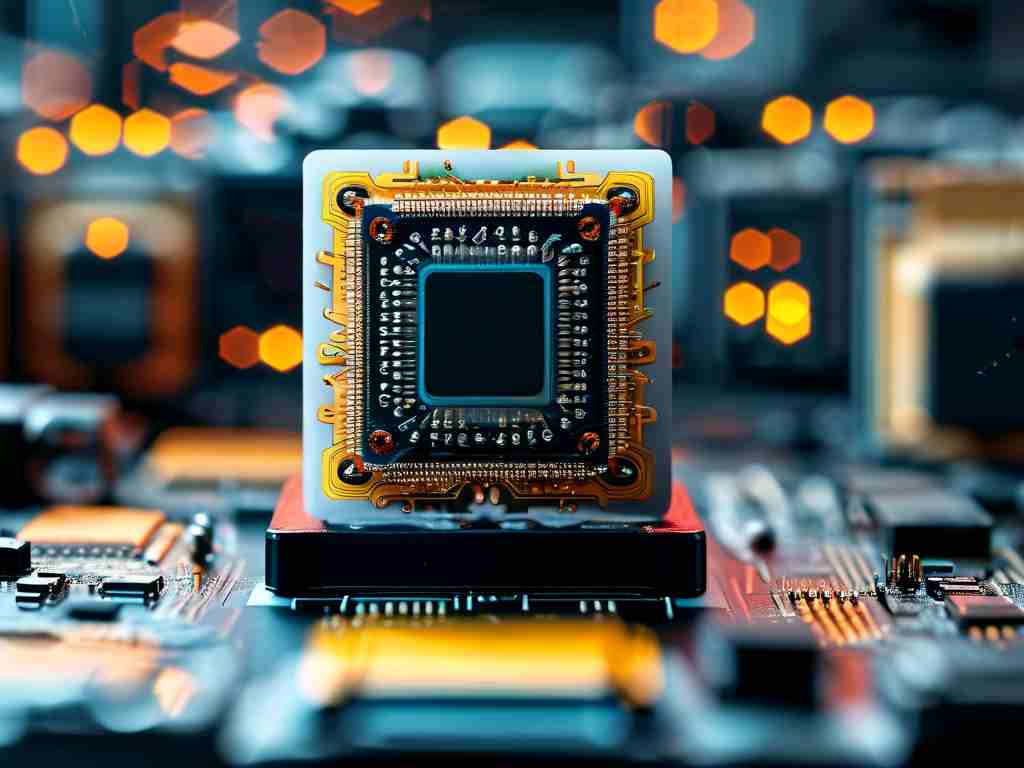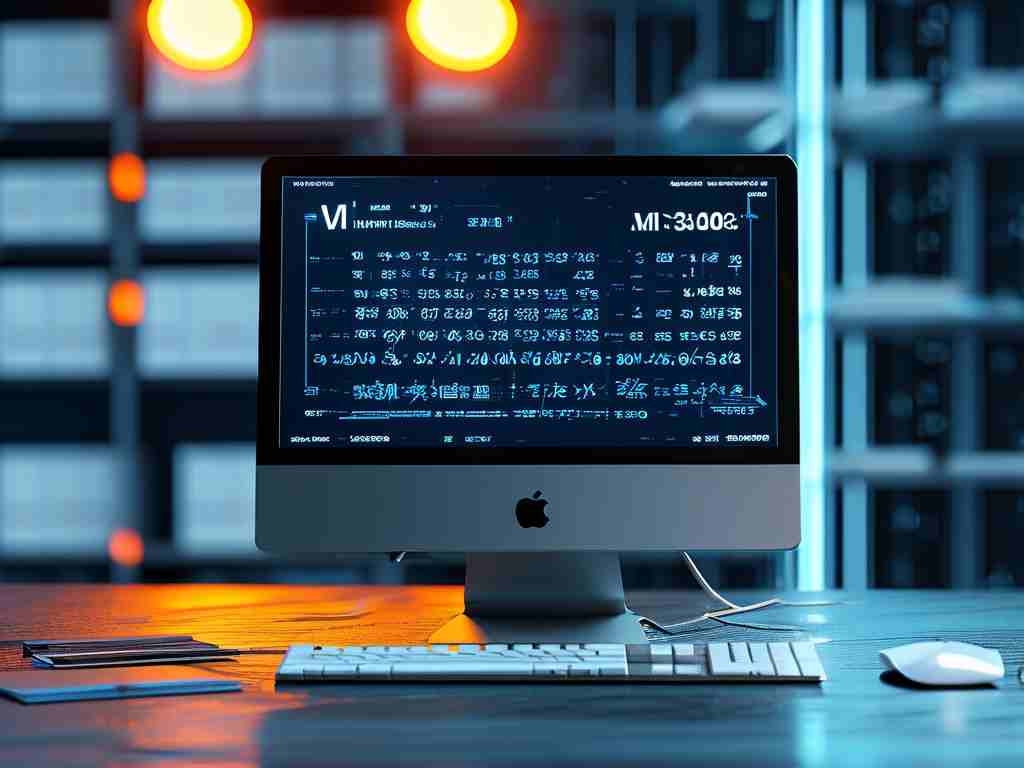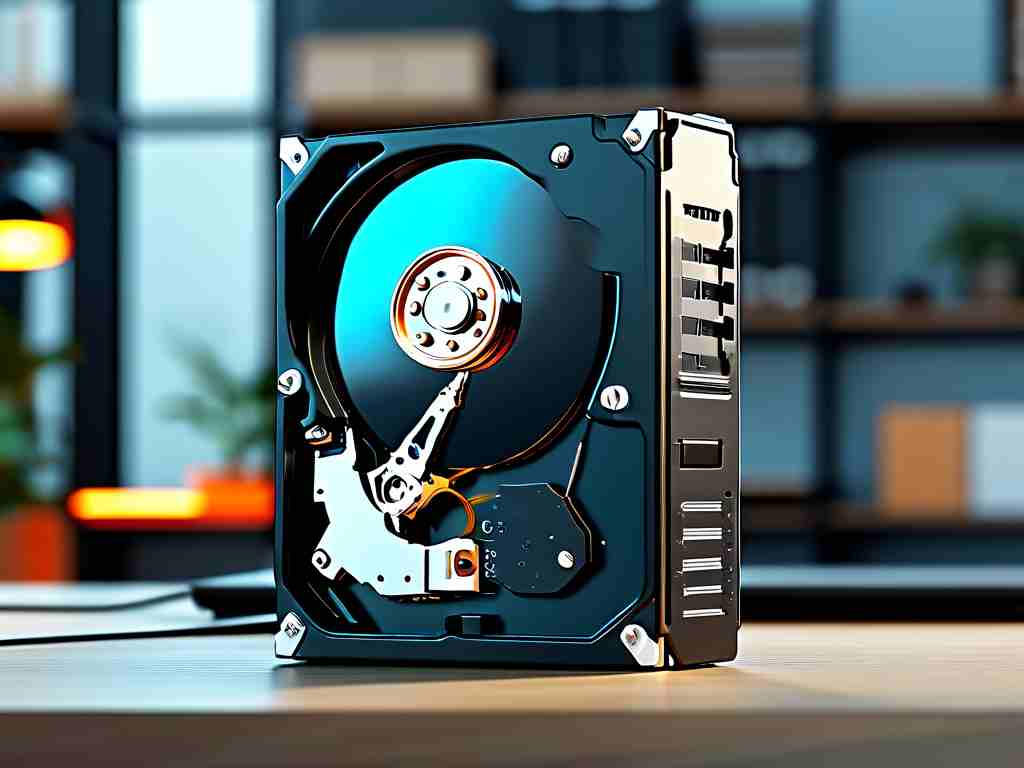In the modern digital landscape, computers serve as indispensable tools for work, entertainment, and daily tasks, yet they often suffer from sluggish performance due to accumulated memory usage. Clearing computer memory isn't about deleting it permanently—since RAM is volatile and resets on shutdown—but rather about freeing up space to boost speed and responsiveness. This process involves releasing unused data from random-access memory (RAM), which stores temporary information for active applications. Neglecting this can lead to frustrating slowdowns, crashes, or even system freezes, especially on older devices or those running resource-intensive software like video editors or games. By regularly clearing memory, users can extend hardware lifespan, enhance multitasking capabilities, and enjoy a smoother computing experience without costly upgrades.

To begin, understanding why memory builds up is key. When you open programs, the OS allocates RAM to handle processes, but sometimes apps don't release memory properly after closing, creating "memory leaks." This residue clogs the system, causing lag. For instance, on Windows PCs, a common culprit is background services or browser tabs hogging resources. Similarly, Mac users might notice slowdowns from unused caches. The good news is that clearing memory can be done manually with built-in tools or automated methods, requiring no advanced skills. Start by closing unnecessary applications: simply right-click on the taskbar (Windows) or use the Dock (Mac) to quit programs you're not using. This immediate action frees RAM instantly. If that doesn't suffice, delve into system utilities. On Windows, press Ctrl+Shift+Esc to open Task Manager, sort processes by memory usage, and end high-consumption tasks like Chrome tabs or unused utilities. Be cautious not to terminate critical system processes, as this could cause instability—always check descriptions first. For macOS, access Activity Monitor via Spotlight (Cmd+Space), navigate to the Memory tab, and force-quit non-essential apps. This hands-on approach is effective for quick fixes but might not address deeper issues.
For a more thorough cleanup, leverage command-line tools, which offer precise control. Here's a simple code snippet for Windows using Command Prompt to force close processes consuming excessive memory: open CMD as admin and run taskkill /f /im processname.exe (replace "processname" with the actual executable, like "chrome.exe"). This terminates the app and releases its RAM. On Linux or macOS terminals, try killall processname for similar results. These commands are powerful but should be used sparingly to avoid data loss—always save work first. Additionally, third-party software provides user-friendly alternatives. Tools like CCleaner or Mem Reduct scan and clear junk files, caches, and unused memory with one click. They automate the process, scheduling cleanups during idle times to prevent disruptions. For example, CCleaner's "Cleaner" module targets temporary files, while its "Registry" feature fixes errors that contribute to memory bloat. Free versions often suffice, but paid options add real-time monitoring. Remember to download such tools from official sources to avoid malware.
Beyond software, optimizing settings can prevent future buildup. Adjust virtual memory (pagefile.sys on Windows) to supplement RAM: go to System Properties > Advanced > Performance Settings and increase the size if needed. On Mac, reduce login items via System Preferences > Users & Groups to stop apps launching at startup. Regularly rebooting your device is another simple yet effective strategy—it flushes RAM completely, acting as a hard reset. Also, manage browser extensions and limit open tabs, as they silently drain memory. For gamers or professionals, upgrading RAM hardware is a long-term solution, but clearing memory first often resolves issues without expense. Finally, adopt habits like scanning for malware monthly, as viruses can exploit memory. In summary, clearing computer memory is a vital maintenance step that enhances efficiency, reduces errors, and keeps systems running like new. By combining manual methods, code snippets, and smart tools, anyone can master this skill for peak performance.


